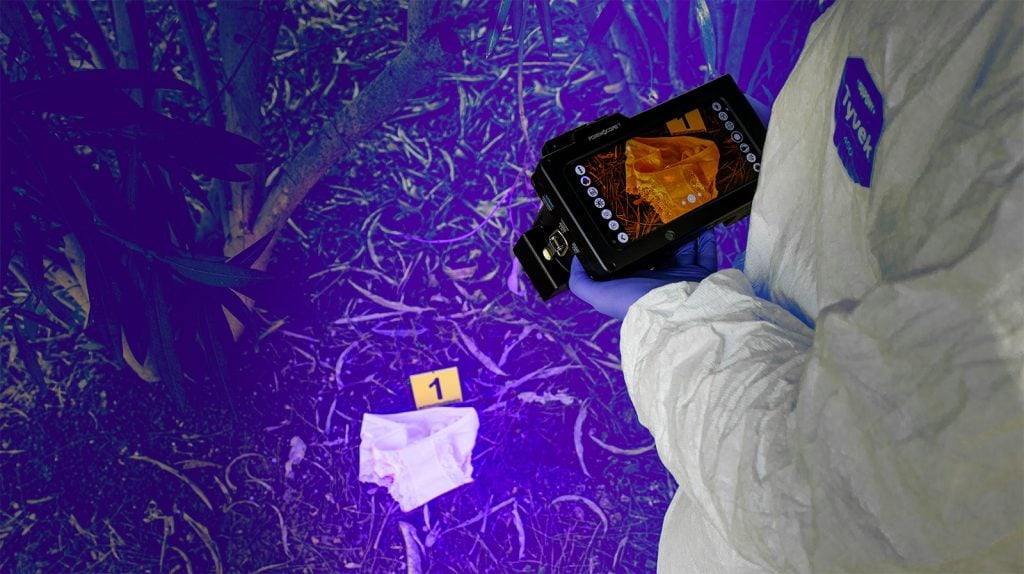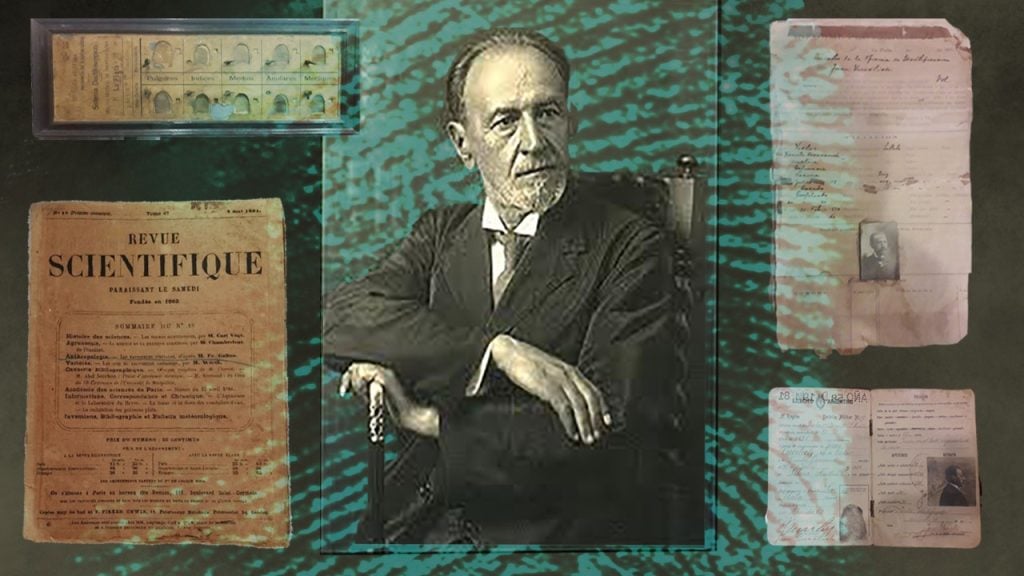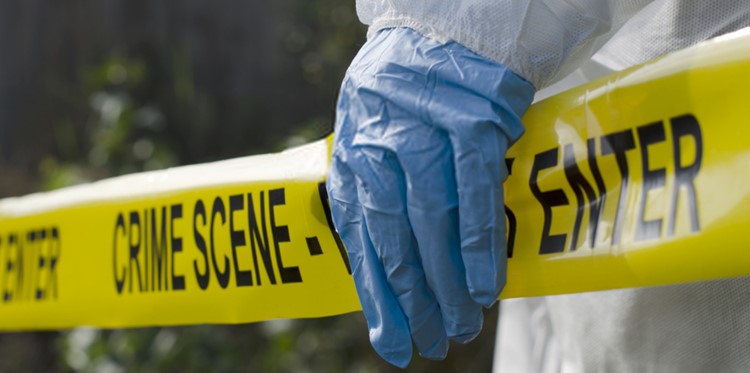
CSI: Crime Scene Investigation
The term “crime scene” can be easily explained as any location that is associated with a crime, it is not exclusively the place where crime is committed. As an example, think of a robbed bank, the bank is the first crime scene and with further investigations may be the hideout of the perpetrators can be found and their hideout will become a crime scene. It can be a beach where a body was found, it can be a roadside where a hit & run incident occurred, it can be a house where there is a suspicious death, fire incident, or burglary.
The type of case is important in constructing the crime, a crime scene can reveal that there are multiple crimes committed instead of just one or as mentioned with the robbery example above, it can reveal that there are multiple crime scenes associated with the crime.

The main idea of a Crime scene investigation is to uncover physical evidence to understand what really happened or who was involved with a careful, thorough and systematical approach, without damaging or destroying evidence(s).
And if there is a crime, the perpetrator always brings something to the crime scene and leaves with something from the crime scene, this is the most basic principle of crime scene investigation, a phenomenon is known as the “Locard’s exchange principle: Every contact leaves a trace” and it’s the heart and soul of the CSI.
As Dr. Paul L. Kirk expressed:
“Wherever he steps, whatever he touches, whatever he leaves, even unconsciously, will serve as a silent witness against him. Not only his fingerprints or his footprints but his hair, the fibers from his clothes, the glass he breaks, the tool mark he leaves, the paint he scratches, the blood or semen he deposits or collects. All of these and more, bear mute witness against him. This is evidence that does not forget. It is not confused by the excitement of the moment. It is not absent because human witnesses are. It is factual evidence. Physical evidence cannot be wrong, it cannot perjure itself, it cannot be wholly absent. Only human failure to find it, study and understand it, can diminish its value.”
At a scene, crime scene investigators and forensic field scientists work together to define and secure areas of crime where there is possible evidence(s) to examine and document the scene, collect physical evidence, preserve, package, and submit the evidence to the forensic laboratory for analysis or do some of the lab work with specially designed mobile equipment such as multispectral imaging devices, mobile latent fingerprint devices. (Learn more about Multispectral imaging) After all the evidences are carefully collected, the construction of the crime begins.
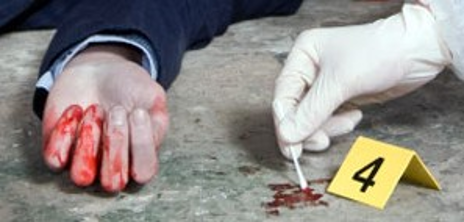
Before collecting evidences, forensic photographers enter the scene and photograph the scene with specific methods for later use and possible evidence collecting. (Learn more about Forensic Photography)
There can be associative evidences in the crime scene, these evidences are the ones that can link and object to the perpetrator or the incidence like, blood stains, semen stains, cloth fibers, hair strands e.t.c. There can also be reconstructive evidences such as footprints, bite-marks, broken glass, blood splatter patterns, this type of evidence mostly answers the question of, how did it happen?
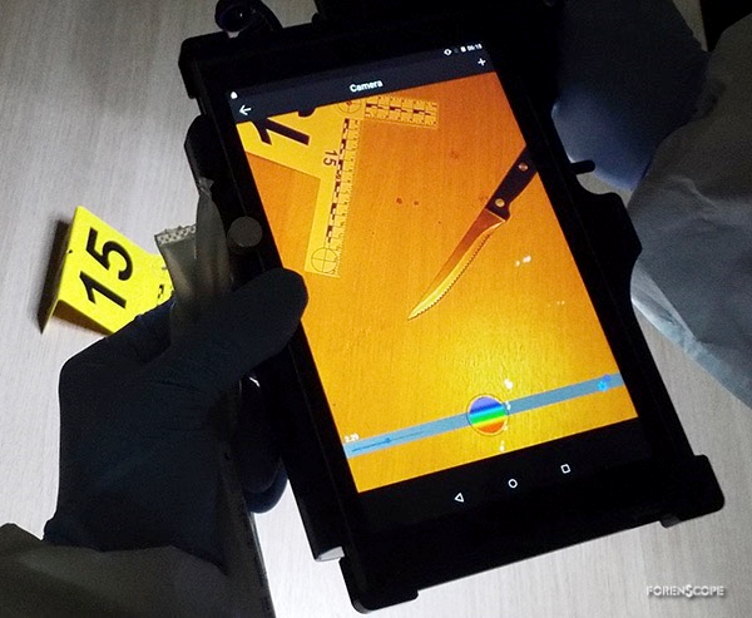
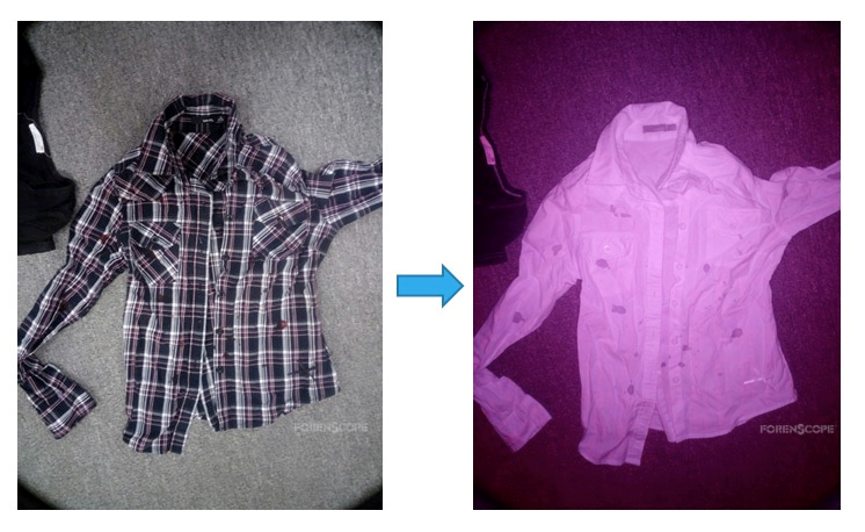
It is also important for forensic field workers to collect trace evidences and control samples, such as soil, glass fragments, carpeting. These are crucial and sometimes the key to solving a crime.
As an example, in a homicide case that occurred on a beach and there are two suspects in the crime, further evidences collected from the shoes of suspects reveals that one of the suspects had the same type of sand stuck in the creases in his/her shoes. The reason that we know it’s the same type of sand is because of the control sample collected from the beach. The trace evidence and control samples can help in both eliminating a suspect and finding a new suspect.

As mentioned before, crime scene investigation is systematic and there are certain steps to it.
To explain these steps in the most basic manner;
- Establish the crime scene area, potential hazards, and safety precautions
- Establish security of the crime scene (By Locard’s principle, everyone brings something to the crime scene and leaves with something from the crime scene, including investigators)
- Plan, communicate and conduct a primary survey
- Photograph and document the scene
- Collect trace materials and evidences
- Collect low-level DNA evidence by swabbing areas of likely contact
- Collect other items that may contain biological evidence
- Locate and collect latent fingerprints
- Record and preserve evidences
- Biological evidences
- Footwear and tire track evidences
- Trace evidences
- Digital evidences
- Tool and tool mark evidences
- Drug evidences
- Firearm evidences
Before our days technology, most of the evidences needed to be sent to a forensic laboratory for further investigation, and this caused damaging or destroying evidence(s) making cases extremely difficult to solve or turning easily solvable cases into cold cases, but right now we have the technology to conduct most of the testing and imaging right at the crime scene. We see a future where additional testing will be conducted right at the crime scene, without moving, damaging, or destroying valuable evidence(s).


